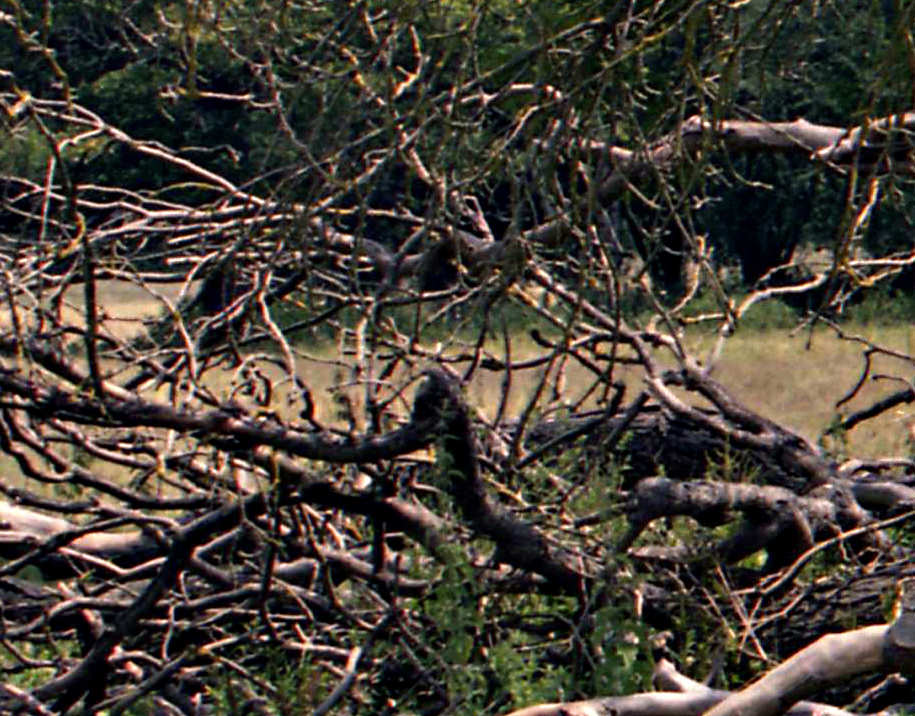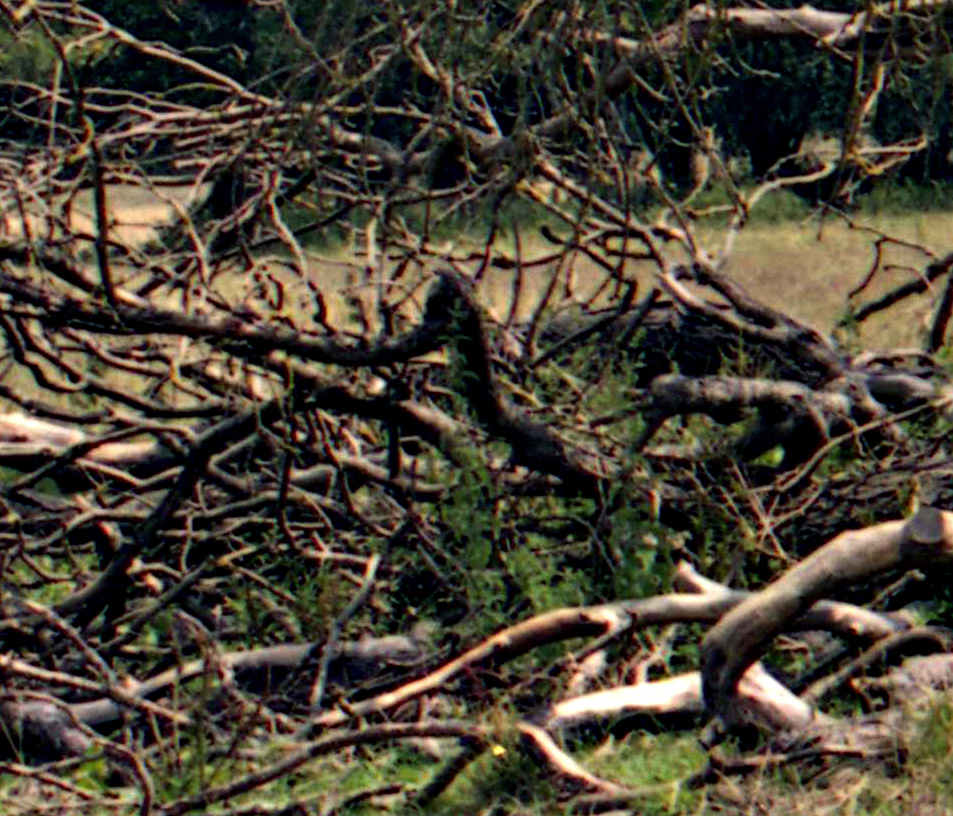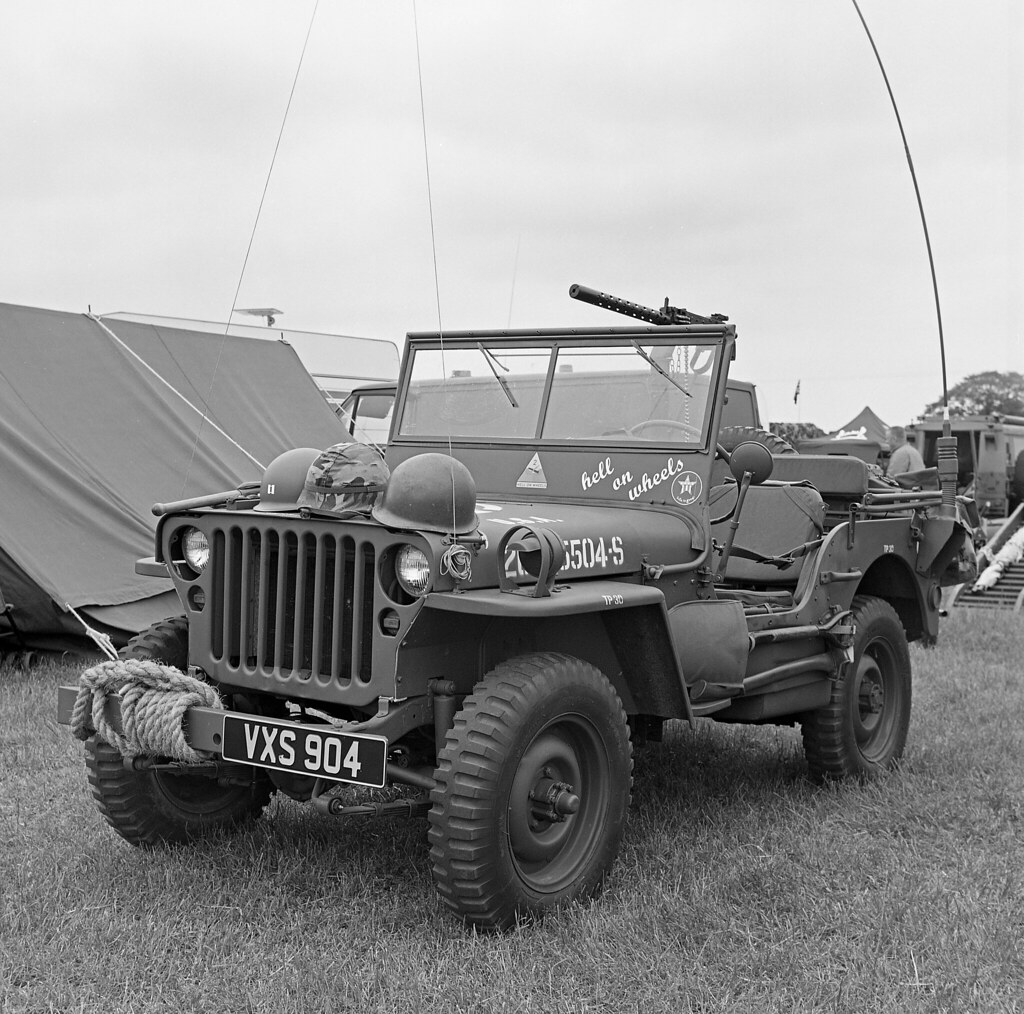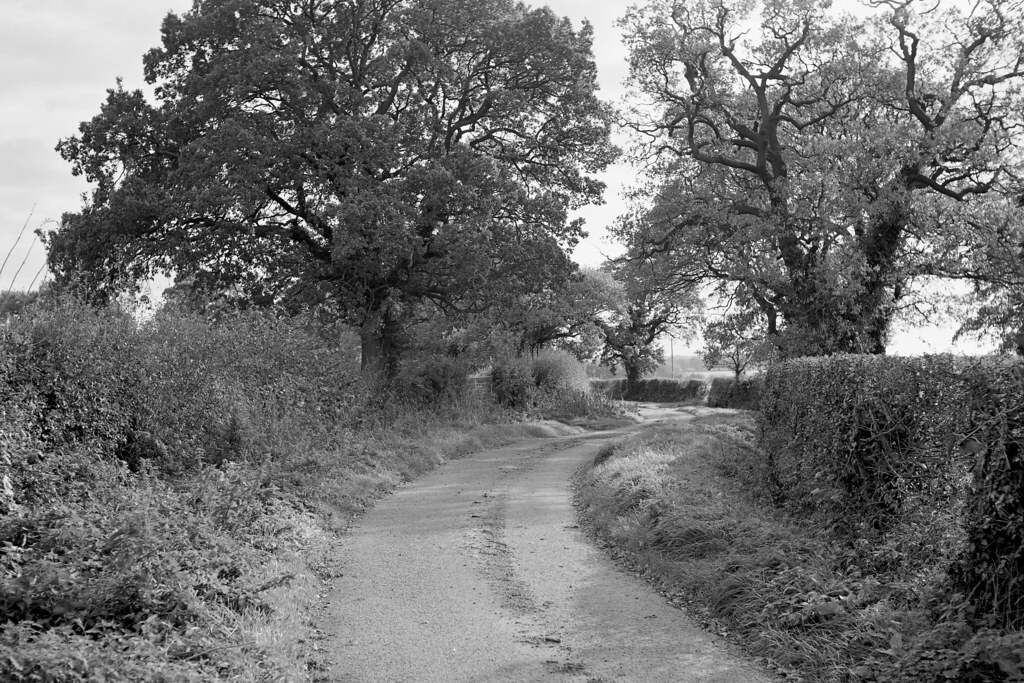- Messages
- 8,757
- Name
- John
- Edit My Images
- No
...and Gals.
So, I'm looking to cut down my scanning time but still retain a semblance of usable scan.
I use a Minolta dedicated currently, its the dogs danglies but scanning takes forever one frame at a time, I don't think I need it day to day since scans aren't my focus of image production these days, so I'm looking to replace it with a flatbed that will scan more in a pass.
I'm not gonna need the 4K dpi of the minolta either.
So I've done my research but I thought I'd put the question out there in case I've missed something, between us all at this forum we must have used just about everything there is.
My requirements are -
To scan 120 primarily, (anything more is a bonus)
Reflective scanning not required.
Digital Ice would be nice.
True 1500dpi min, no quoted claims
To scan more than 3 frames of 6x6 per pass
I don't want to have to fanny about shimming carriers in the corridor of uncertain focus and Dmax anywhere over 3.5 will be fine.
Preferably something manufactured in the last 5 years to present
I'll be keeping the Minolta in the loft cos I'll never own another one, its not a money raising exercise, there is no budget though I think I can rule out anything over a grand, I'm not looking for a Flextight or Heidelberg for 1500dpi...
What say you oh wise and wonderful..
So, I'm looking to cut down my scanning time but still retain a semblance of usable scan.
I use a Minolta dedicated currently, its the dogs danglies but scanning takes forever one frame at a time, I don't think I need it day to day since scans aren't my focus of image production these days, so I'm looking to replace it with a flatbed that will scan more in a pass.
I'm not gonna need the 4K dpi of the minolta either.
So I've done my research but I thought I'd put the question out there in case I've missed something, between us all at this forum we must have used just about everything there is.
My requirements are -
To scan 120 primarily, (anything more is a bonus)
Reflective scanning not required.
Digital Ice would be nice.
True 1500dpi min, no quoted claims
To scan more than 3 frames of 6x6 per pass
I don't want to have to fanny about shimming carriers in the corridor of uncertain focus and Dmax anywhere over 3.5 will be fine.
Preferably something manufactured in the last 5 years to present
I'll be keeping the Minolta in the loft cos I'll never own another one, its not a money raising exercise, there is no budget though I think I can rule out anything over a grand, I'm not looking for a Flextight or Heidelberg for 1500dpi...
What say you oh wise and wonderful..







 Jeep
Jeep Trees and lane
Trees and lane